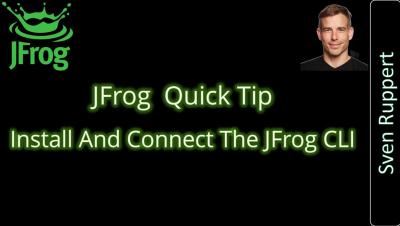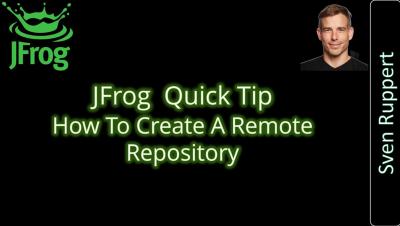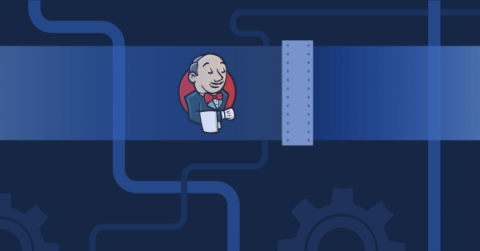Operations | Monitoring | ITSM | DevOps | Cloud
CI CD
The latest News and Information on Continuous Integration and Development, and related technologies.
Ndustrial Expands Globally with Help from JFrog Connect
Efficiently Managing Multiple Environments Using GitLab CI
JFrog Quick Tip How to install and connect the JFrog CLI
A Fully Argo-Based Ecosystem For Continuous Delivery and Deployment
Better DevOps makes for more efficient engineering teams and more reliable releases, and when it comes to DevOps, it doesn’t get better than GitOps. According to DevOps-As-A-Service: One of the many goals of DevOps is to reduce Time To Value (TTV) and to provide faster feedback while enabling developers to easily self-service or not have to engage to get a service at all.
Critical Metrics and Alerts in the Continuous Delivery Process
Continuous delivery is a software development approach in which code changes are automatically staged for production release. A foundation for modern application development, continuous delivery extends continuous integration by automatically deploying code changes to test and production environments after the build phase. When properly implemented, developers have deployable build artifacts that have passed a standardized testing process and can be deployed to environments as needed.
Puma + Sleuth = The Swiss Army Knife of Deployment Pipeline Orchestration
GitOps The Planet (E4) | GitOps at Edge
JFrog Quick Tip - How to create a remote repo
How to create a full CI/CD pipeline with Jenkins
One of the game changers in modern software development is Continuous Integration and Continuous Development (CI/CD). Both large, established organizations and small, growing companies use CI/CD to deliver software faster and to detect bugs in the software lifecycle. In this tutorial, I’ll create a full pipeline to practice CI/CD using Jenkins, including how to set up Jenkins on Docker. I’ll give an in-depth view of a Jenkins pipeline example using Jenkinsfile.











